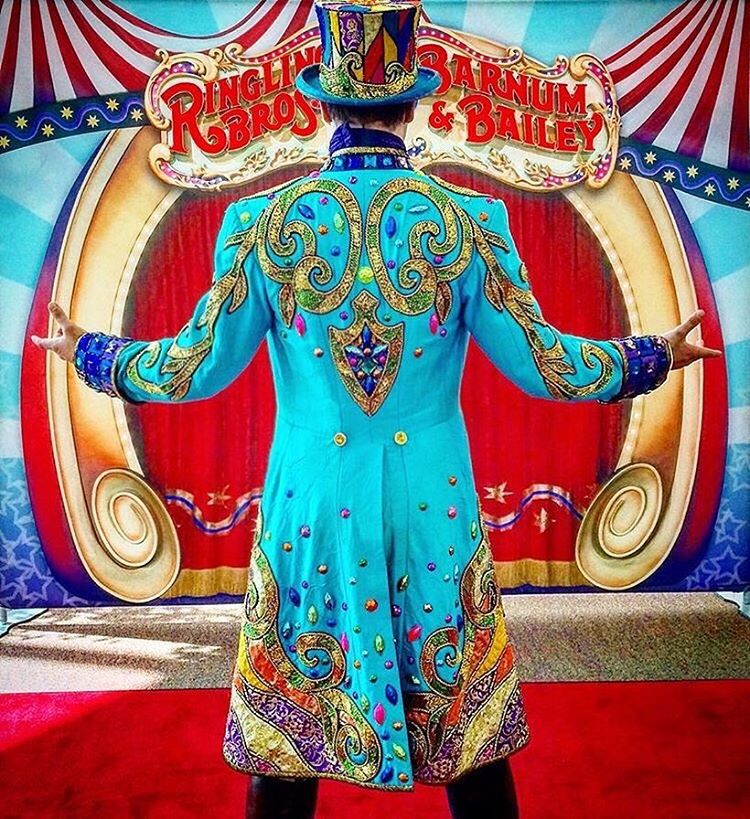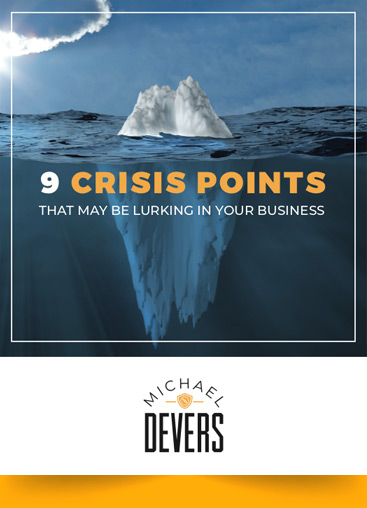On January 14th, Ringling Brothers Barnum & Bailey Circus announced that their May 21st, 2017 date at Nassau Coliseum in Long Island would be the final performance after 146 years of delighting ladies, gentlemen, and small children everywhere.
Was it an inevitable decision that was no surprise or was it a “Kodak moment?”
I think it was the latter.
Despite the famous moniker, the circus hasn’t been owned by a Barnum, Bailey, or Brother Ringling for half a century now. The Feld family, led by patriarch Irvin Feld, bought the circus in 1967 and has managed the operations ever since. In the announcement made by CEO Kenneth Feld (who took over the CEO role in 1984 when his father passed away), reasons cited as the driving forces behind the decision included high operating costs, declining ticket sales, and the loss of the Circus’s famed elephants. Adding to the high operating costs is the fact that the circus still travels by train as it has since the days when P.T. Barnum himself was still cranking out the show posters.
KODAK MOMENT
Founded in 1880, Kodak was riding high atop of their industry and the stock market the same year that the Feld family purchased the circus, with more than $4 billion in sales and over 100,000 employees at the end of 1967. Their name was synonymous with photography and you couldn’t visit a beach, amusement park, or public event without seeing the Kodak Instamatic camera everywhere. By 1976, Kodak dominated their markets with 90% of all U.S. film sales and 85% of all camera sales in the U.S. By 1996, Kodak was at its height with $16 billion dollars in total revenues, and at $31 billion in valuation, Kodak was the fifth-largest company in the world. Kodak was the definitive name in photography worldwide, just as Ringling Brothers Barnum & Bailey was synonymous with the circus.
With that success came complacency, rigidness, and a less-than-enthusiastic approach to diversification. When you’re selling 9 out of every 10 products in your category, it’s probably easy to feel bullet-proof. Kodak failed to anticipate the shift to digital photography in speed, scale, and timing, and as a result spent over a decade trying to catch up with leaner and more nimble competitors. Like trying to maneuver an ocean liner down a swiftly moving river, Kodak crashed into the shore time and time again until finally declaring bankruptcy in 2012, 131 years after their founding, and just 16 short years after their zenith of 1996.
…AND CHILDREN OF ALL AGES
Among the audience at one of the earliest performances of the Ringling Brothers under the Feld family ownership was a young boy from Quebec City, Canada. He was so enamored by the production, spectacle, and sheer magnitude of the circus that he immediately read P.T. Barnum’s biography and shortly thereafter began to stage performing arts events for his schoolmates.
After leaving school he alternated between street performances and touring company of like-minded performers. He traveled Canada and Europe, but it wasn’t until his return to Canada at the age of 24, that Guy Laliberté would hit upon the idea that changed his life and redefined the circus.
Funded by a grant from the Canadian government in 1984 as part of Quebec’s 450th anniversary celebration, Laliberté started Cirque du Soleil. After an ominous start (the tent collapsed on the first day), the audience for the circus grew enough for Laliberté to attract private investors and launch a North American tour of the show in 1985. Defying circus traditions – there were no animals, no marquee stars, no talking, and the show was aimed more at adults than children – Cirque du Soleil’s success quickly spread from North America to Europe and Asia. Less than 20 years after that first collapsed tent, Laliberté’s unique style of circus was bringing in revenues that rivaled the best years of Ringling Brothers.
While Ringling Brothers stuck with what had worked for more than a century (as Kodak had also done), a leaner and nimbler competitor unbound by tradition had risen and overtaken the center ring.
HALL OF MIRRORS
Though I am singling them out in this example, Ringling Brothers Barnum & Bailey is just the latest of many once great companies to fall from grace. The descent has been much slower, but you can follow along as it’s playing out in public right now for Sears, the days of the Wish Book having disappeared with bell-bottom jeans and Lite-Brites. Most Americans today would say it’s unthinkable, but it could just as easily happen in the future to a current “synonymous-brand” like Starbucks.
One of my pet peeves is when someone brings me a problem they have while offering nothing in the way of a solution. Or even worse, when their idea of a solution is to give it to me to deal with. In that spirit, what could Ringling Brothers have done differently? Was it even possible?
When they saw the first major decline, which I would guess to be right around the same time as Kodak did and the same time as Cirque was on their steep incline, they should have taken massive action, as opposed to the incremental improvement path they followed. I would have recommended taking their top two or three “mavericks”, no matter what level of employee they were at the time, and given them the independence to launch a new brand, separate and apart from Ringling Brothers. The freedom to compete not only with Cirque, but with Ringling Brothers itself. The complete independence would be a key to removing the tradition-bound mindset that found Ringling Brothers attempting gimmicks like taking the same declining formula and putting it on ice.
Along with that experiment, I would have also attempted a permanent installation in a major tourist destination, ideally as a partnership with another large entity or existing destination. Fit that show with performances you could only see there. A permanent installation would have made it easier to keep the elephants – such a key draw for Ringling Brothers – as part of the show, even if it meant less performing on behalf of the elephants. This would also reduce the burdensome travel expenses.
Lastly, I would have hired an anthropologist as a full-time employee to study the social and cultural norms during the time when the circus was had its heyday and see how those social and cultural norms compare to today’s norms, where those same needs that were met back then by the circus could be met now, and what that same information portends for the future. Statements such as, “I think the biggest challenge today is that there’s just more of everything. Children don’t have the attention span that they used to,” are a poor and top-of-the-head response to a much deeper issue. A country and a people can change drastically over the course of a century-and-a-half. It would take more than a soundbite solution to get to the core of that issue.
Those three suggestions come with the luxury of backseat driving and Monday-morning quarterbacking. In many ways they hold the same value as what it cost you to read this. But here is something that is of value: apply the lesson. Where does your business or enterprise feel bulletproof? Where have you become complacent and rigid and diversification-blind? What can you do now, while you are still on top, to take on the mindset and approach of a smaller and more nimble competitor? In other words, how would you disrupt your own establishment? If you don’t start thinking this way, I promise you that someone else will.




0 Comments